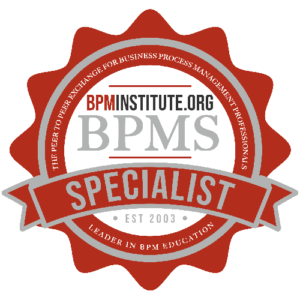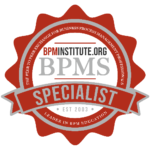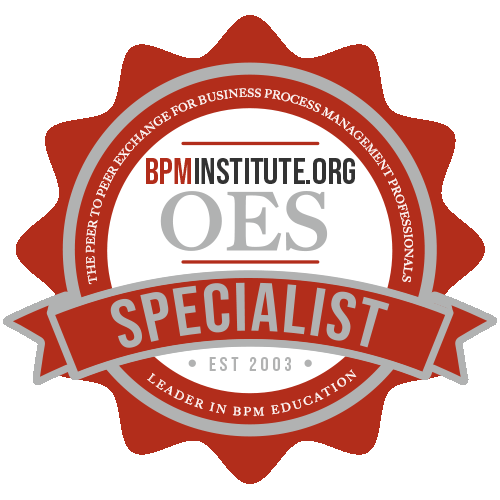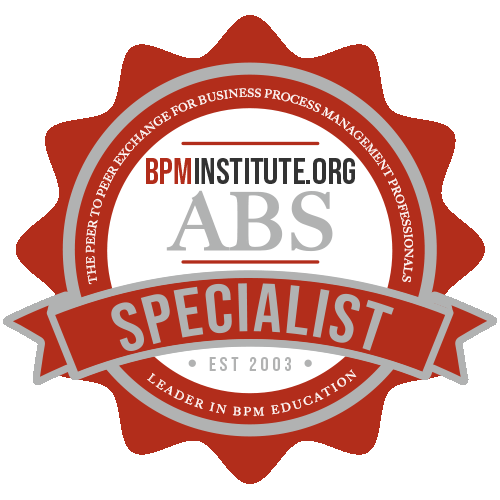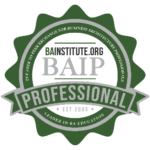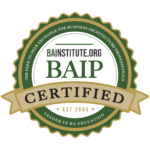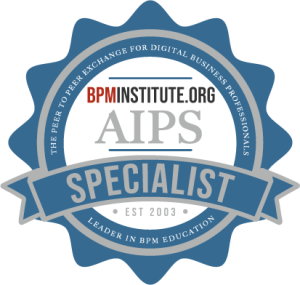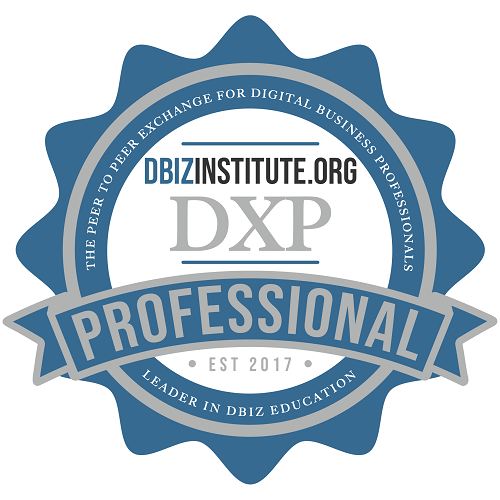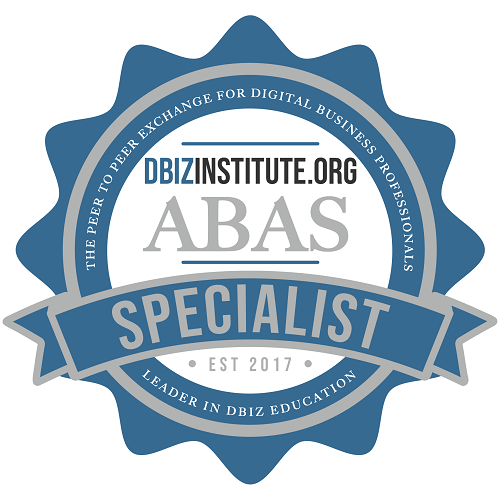Are your software implementation efforts woefully behind? Are your development schedules constantly being compromised by increased demands from other business units?
Does SOA Kill Capacity Planning?
In theory, computing capacity should be like water, if you need more just leave the tap running a little longer. All manner of virtualization, grid and attached processing technologies are being developed and deployed in an effort the make this theory a reality. Therefore it would be easy to assume that capacity management would not be an issue for SOA. Just deploy the services and SOA infrastructure on your tap water computing power with a few automation policies and capacity management ceases to be an issue.
What a lovely fantasy.
The real world, unfortunately, does not work that way.

Business Decision Management – Part 2
In Part 1 we discussed using business rules and analytics in the context of Business Decision Management to automate and improve operational business decisions. There are many ways to bring business rules and analytics to play in information systems and they can be used to improve business processes, Business Decision Management is emerging an extremely productive and effective method.

U.S Government Better Utilizes IT to Improve Efficiency
The Federal Enterprise Architecture provides a platform for cross-agency collaboration and a discipline to guide IT investments, helping the federal government achieve its goals. BPMInstitute.org talked to Richard Burk, chief architect in the Office of Management and Budget, about the initiative.
![]()

BPMS Watch: How Much BPMN Do You Need?
In March, Michael zur Muehlen of Stevens Institute of Technology and Jan Recker of Queensland University published an article based on their analysis of BPMN diagrams collected in the wild, as it were, from consultants and practitioners.
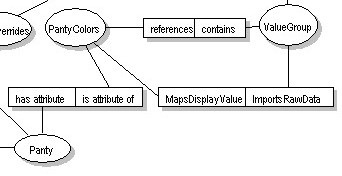
Adaptive Software – Systematically Responding to Emergent Environmental Change
This article is the first in a series of four to address the role of decisions and rules as an integral part of systems designed to adapt dynamically to changing environments.

Business Architecture: Scaling SCOR® to meet your needs
I have been in this business for 27 years and somehow never managed to do any supply chain work. So when a client asked me what I knew about the Supply Chain Operations Reference-model (SCOR1 ), developed and endorsed by the Supply-Chain Council (SCC), I had to admit “nothing.” So, being a good consultant, I set about familiarizing myself with SCOR: I did some reading, downloaded some PDFs, and attended a workshop. Admittedly, this does not make me an expert. It does not even make me particularly knowledgeable. It only makes “familiar” with SCOR.
Scrumming for SOA
In today’s market place of continuous change, enterprise agility is the ubiquitous fuel for continuous competitive advantage. But agile enterprises demand not only agile infrastructures and systems, but agile processes as well. Clearly, service based architecture has emerged as an enterprise-wide architectural blueprint and agile development is shaping up as a formidable development methodology.

Business Architecture Survey Results
In December 2007 through January 2008, the BPM Institute surveyed the Business Architecture Bulletin list to gain insights into the nature of business architecture work. The survey’s goal was to identify who is performing business architecture work, ascertain related goals, determine the nature of the work being performed and identify service and tool preferences.

Capturing Ideas
For fun, I recently googled the aphorism, “Good ideas are a dime a dozen”. There were over 3,400 hits. This old cliche is on too many people’s minds! Most of the occurrences I looked at were fairly recent, from business or marketing articles, and most continued on with a “but …” line that suggested that what is really rare and valuable is the agency or person who can bring an idea to realization.
Clearly, there is recognition that getting a glimmer of an idea is not enough.
